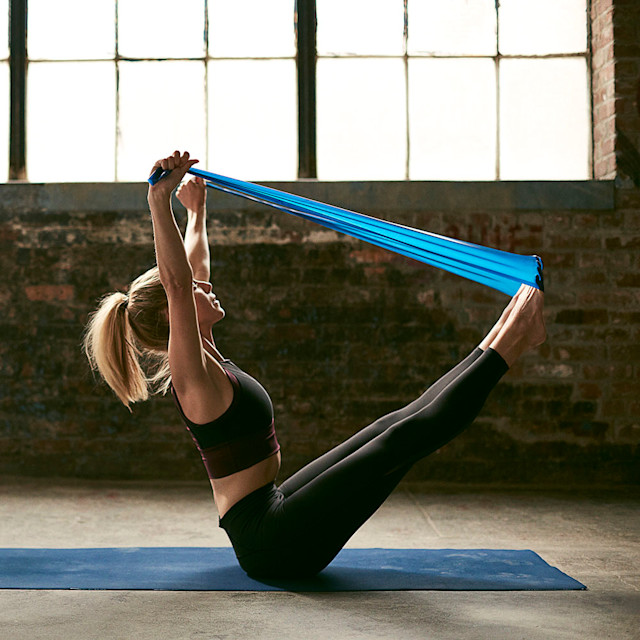The resulting core strength eases several symptoms.
The gist:
Many women are told they can’t start a new workout regimen during pregnancy. But as long as you have doctor approval, Pilates is the exception. The practice can actually make those nine months, and labor, go more smoothly.
Expert insight:
Core strength, as it happens, is at the core of Pilates, says Lauren O’Leary, senior Pilates instructor at Equinox Bryant Park in New York City. Bolstering those muscles and learning how to engage the abs makes several aspects of pregnancy easier on the body.
First, it alleviates the low back pain that sets in as your center of gravity shifts forward. It also helps prevent diastasis recti since using your core takes pressure off the stomach, O’Leary explains.
Not least, Pilates strengthens your pelvic floor, which gives you more control over your bladder and teaches you to mindfully contract and release the muscles. During labor, this lowers your risk of vaginal injuries like tearing, she says.
The bottom line:
It’s best to start a twice-weekly Pilates routine in your first or second trimester so you can prep your core before the aches set in. Ask your club manager which instructors are trained in pre- and post-natal Pilates and consider one-on-one sessions for a more personalized practice.
